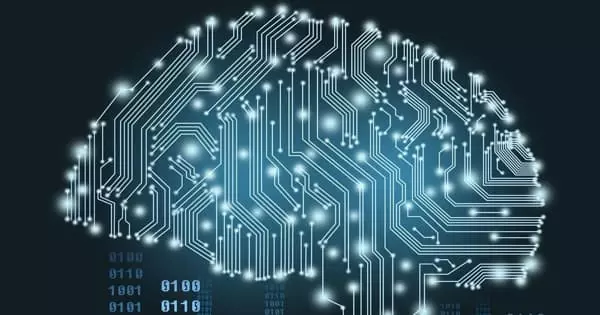A semiconductor device is an electronic component whose function is dependent on the electronic properties of a semiconductor material (primarily silicon, germanium, gallium arsenide, and organic semiconductors). Its conductivity is intermediate between that of conductors and insulators.
A semiconductor device is an electronic component that controls the flow of electrical current by utilizing the properties of semiconductors. Semiconductors are materials with electrical conductivities that fall between those of conductors (metals) and insulators (nonmetals). They are capable of producing electronic devices such as diodes, transistors, and integrated circuits. In most applications, semiconductor devices have replaced vacuum tubes. They conduct electric current as free electrons across a vacuum (typically liberated by thermionic emission) rather than as free electrons and ions through an ionized gas.
Semiconductors are made as single discrete devices as well as integrated circuit (IC) chips, which are made up of two or more devices (which can range from hundreds to billions) manufactured and interconnected on a single semiconductor wafer (also known as a substrate).
Here are some common types of semiconductor devices:
- Diodes: Diodes are two-terminal devices that allow current to flow in only one direction. They are commonly used for rectification, signal demodulation, and voltage regulation.
- Transistors: Transistors are three-terminal devices that use electronic signals and electrical power to amplify or switch. They are fundamental electronic circuit building blocks that are used in applications such as amplifiers, digital logic circuits, and voltage regulators.
- Integrated circuits (ICs): Integrated circuits (ICs) are miniaturized electronic circuits that are manufactured on a single semiconductor wafer or chip. They can have many transistors, resistors, capacitors, and other components. ICs are found in a variety of electronic devices, such as computers, smartphones, and televisions.
- Optoelectronic devices: These devices combine semiconductor materials with light-emitting or light-sensing properties. Examples include light-emitting diodes (LEDs), laser diodes, and photodiodes. Optoelectronic devices are used in various applications such as displays, optical communications, and sensing.
- Thyristors: Thyristors are semiconductor devices that act as switches, allowing current to flow once triggered. They are commonly used in power control applications such as motor control, lighting dimmers, and power supplies.
- Sensors: Temperature, pressure, light, and magnetic fields are all converted into electrical signals by semiconductor sensors. Temperature sensing, motion detection, and environmental monitoring are all common applications for these sensors in automotive, industrial, and consumer electronics.
Semiconductor devices are critical components of modern electronics, enabling advancements in computing, telecommunications, energy management, and many other fields.















